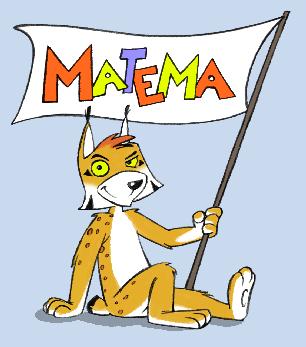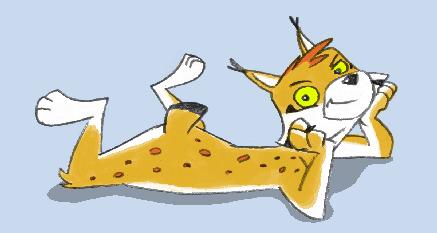
|
Bergische Universität Wuppertal
|

|
|

|
Bergische Universität Wuppertal
|

|
|
|
Materialien für Interessierte zum Vortrag am
Die Zielgruppe sind Schüler ab der 11. Klasse. |

Die aufmerksamen Nudel-Esser wissen, dass Spaghetti unter Spannung (z.B. beim Bau einer Spaghetti-Brücke) immer in mehr als zwei Teile brechen. Das Gleiche kann auch Stabhochspringern passieren (siehe Video unten). Warum ist das so ?
In diesem Vortrag werde ich mit Hilfe der Mathematik (und der Physik) erklären, warum dass so ist. Zudem zeige ich, wie man mit diesem Wissen mit einem Trick erreichen kann, dass die Spaghetti doch nur in zwei Teile bricht.Es ist ein weiteres Beispiel wie angewandte Mathematik (unbemerkt) in unserem Alltag steckt.

|